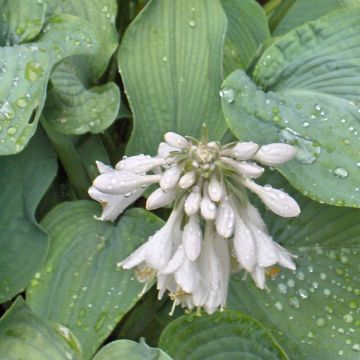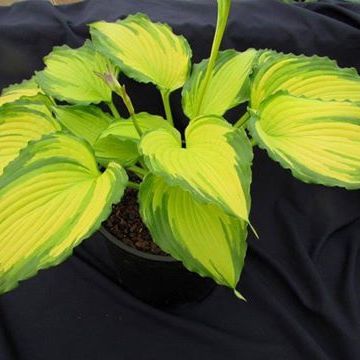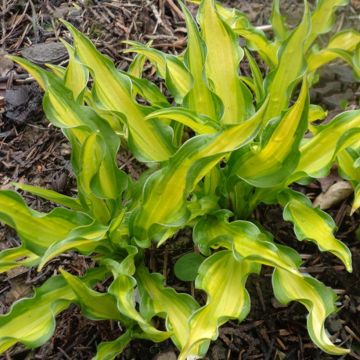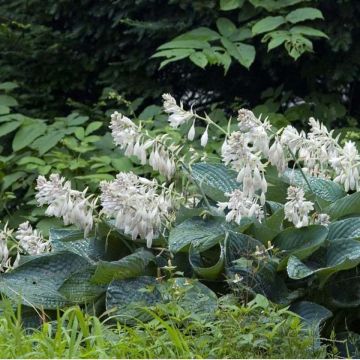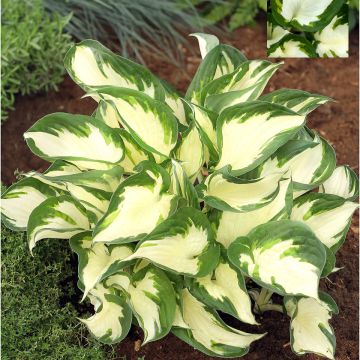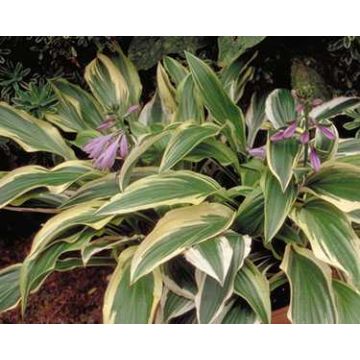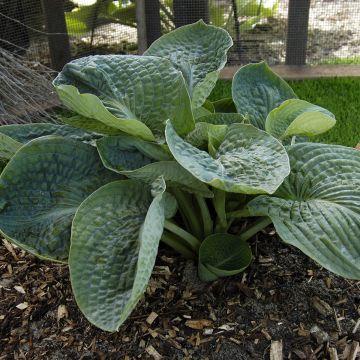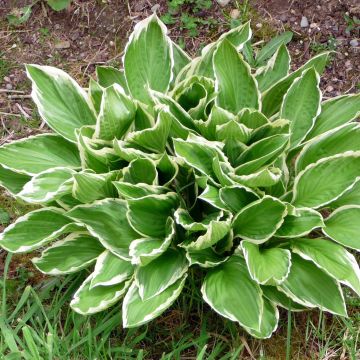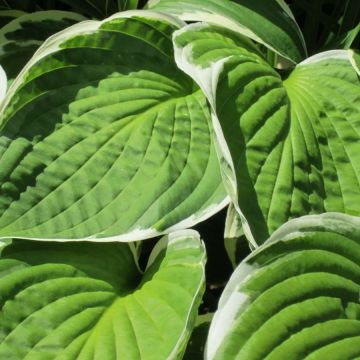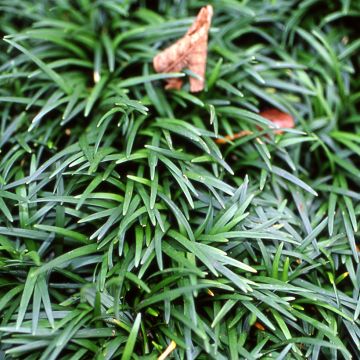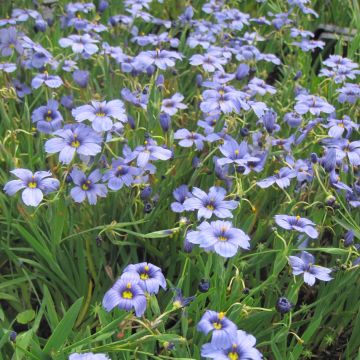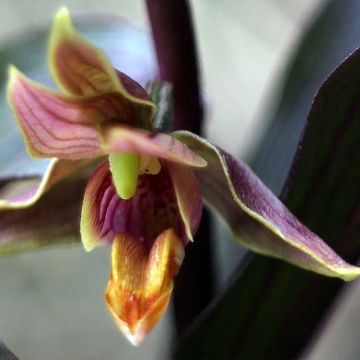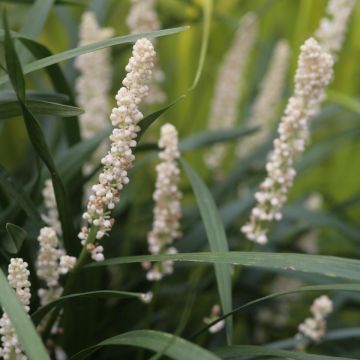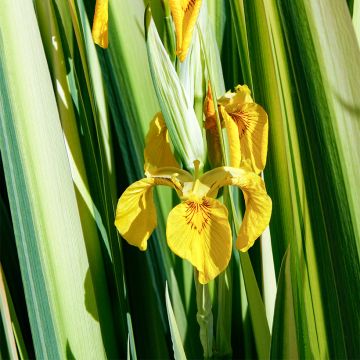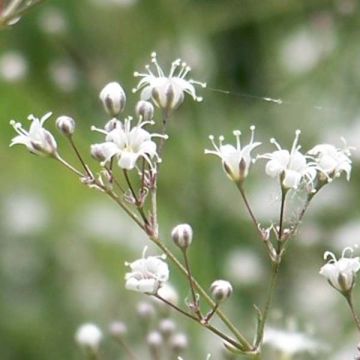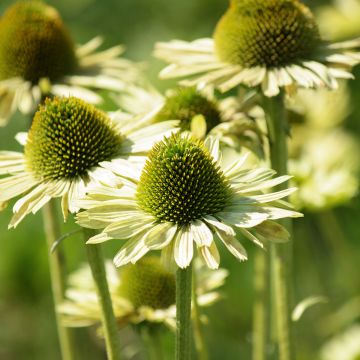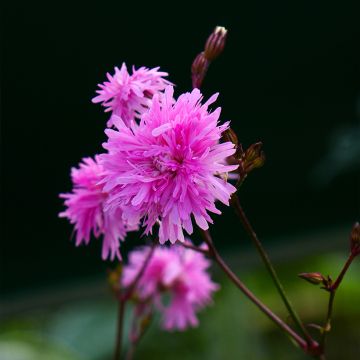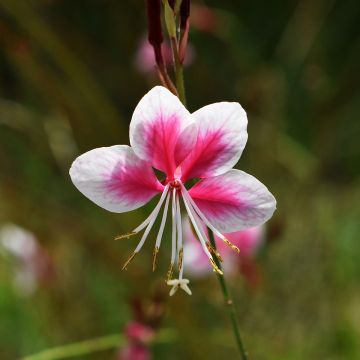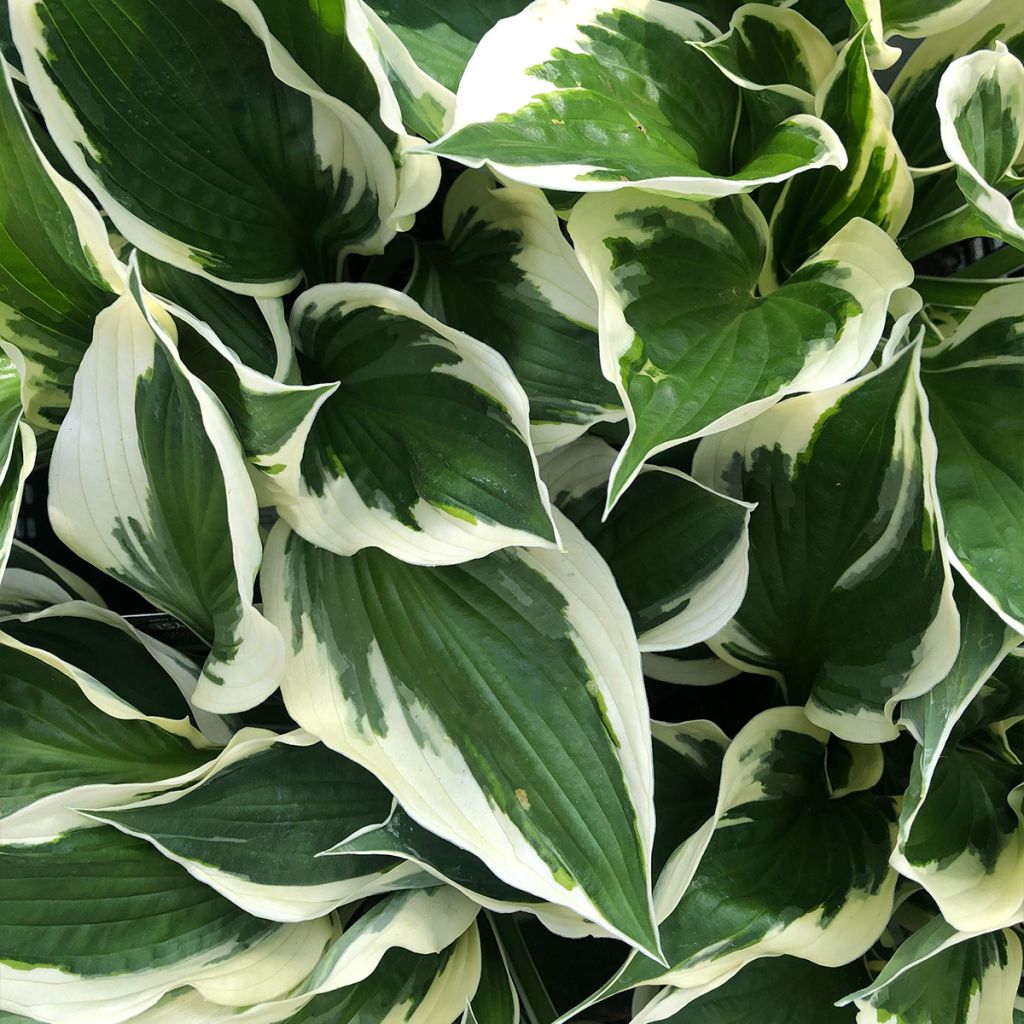

Hosta fortunei Patriot
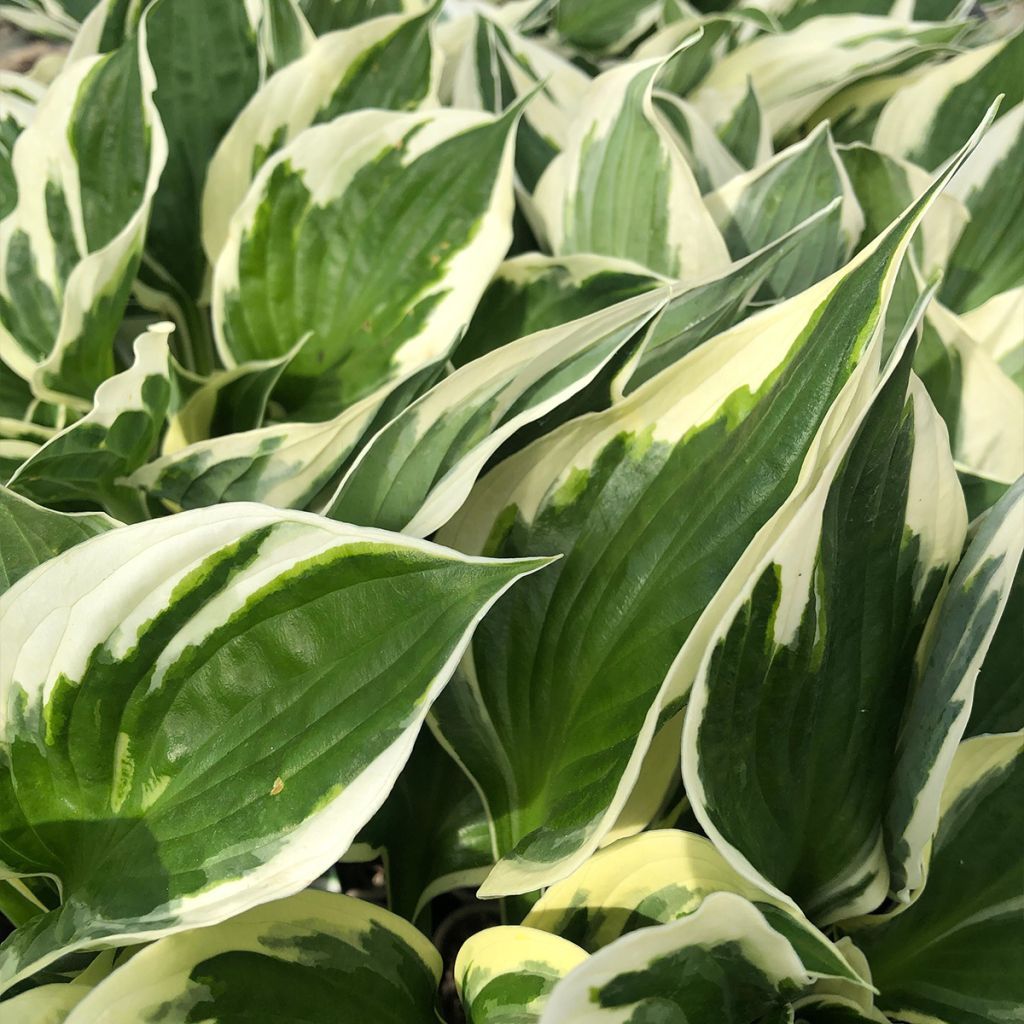

Hosta fortunei Patriot
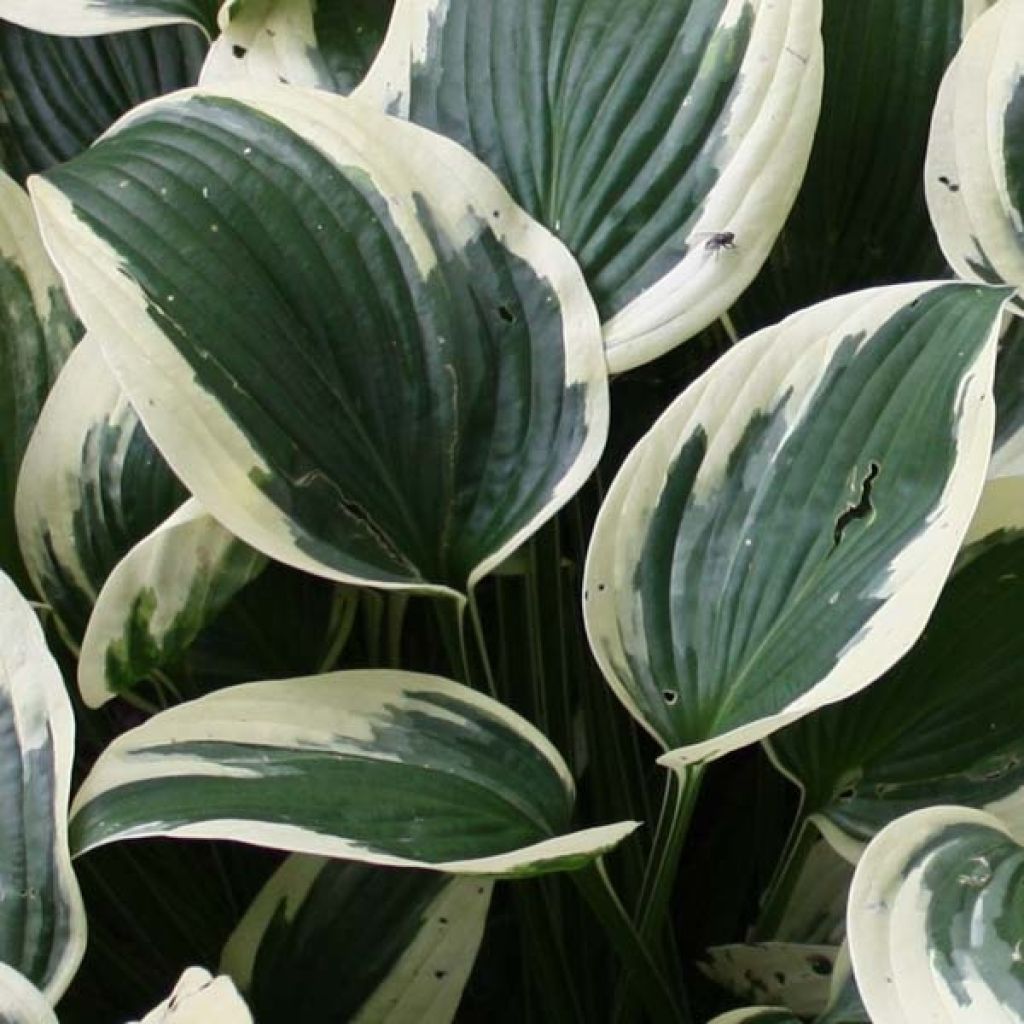

Hosta fortunei Patriot
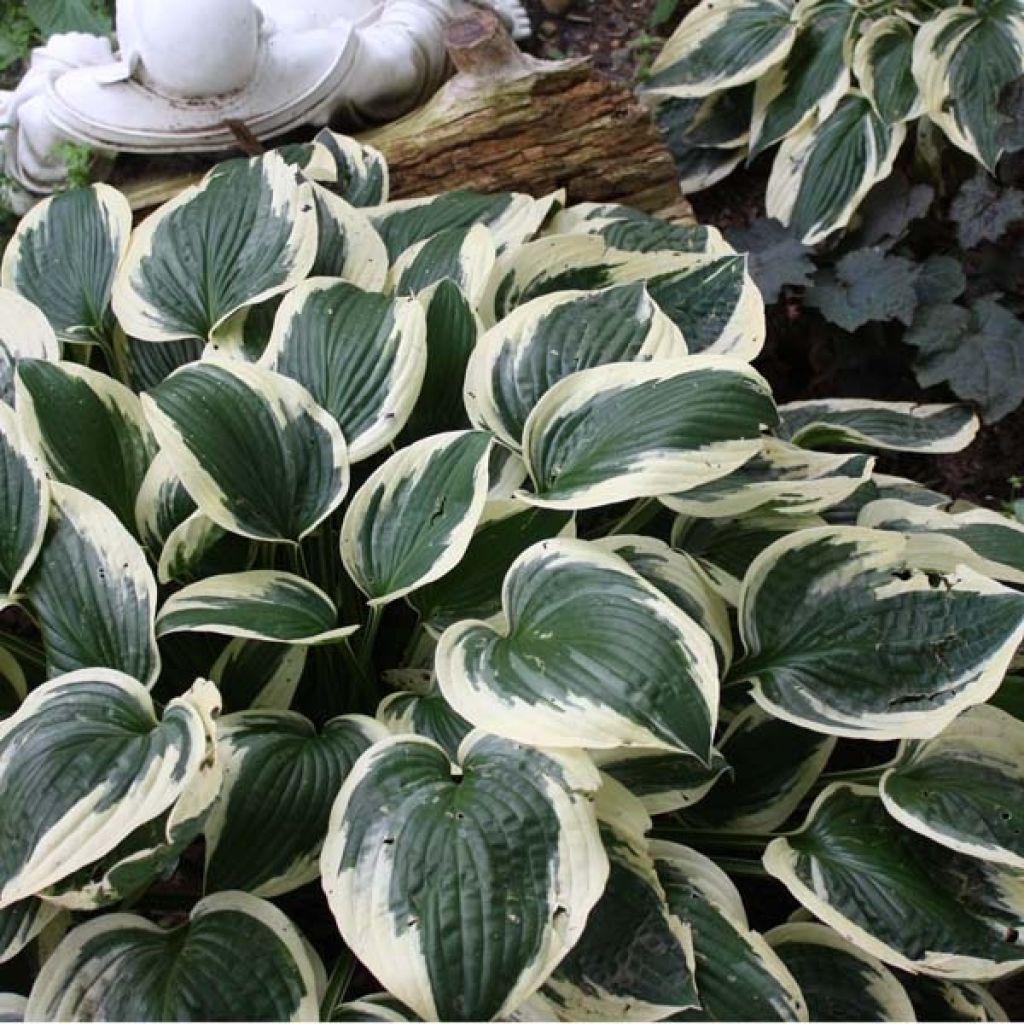

Hosta fortunei Patriot
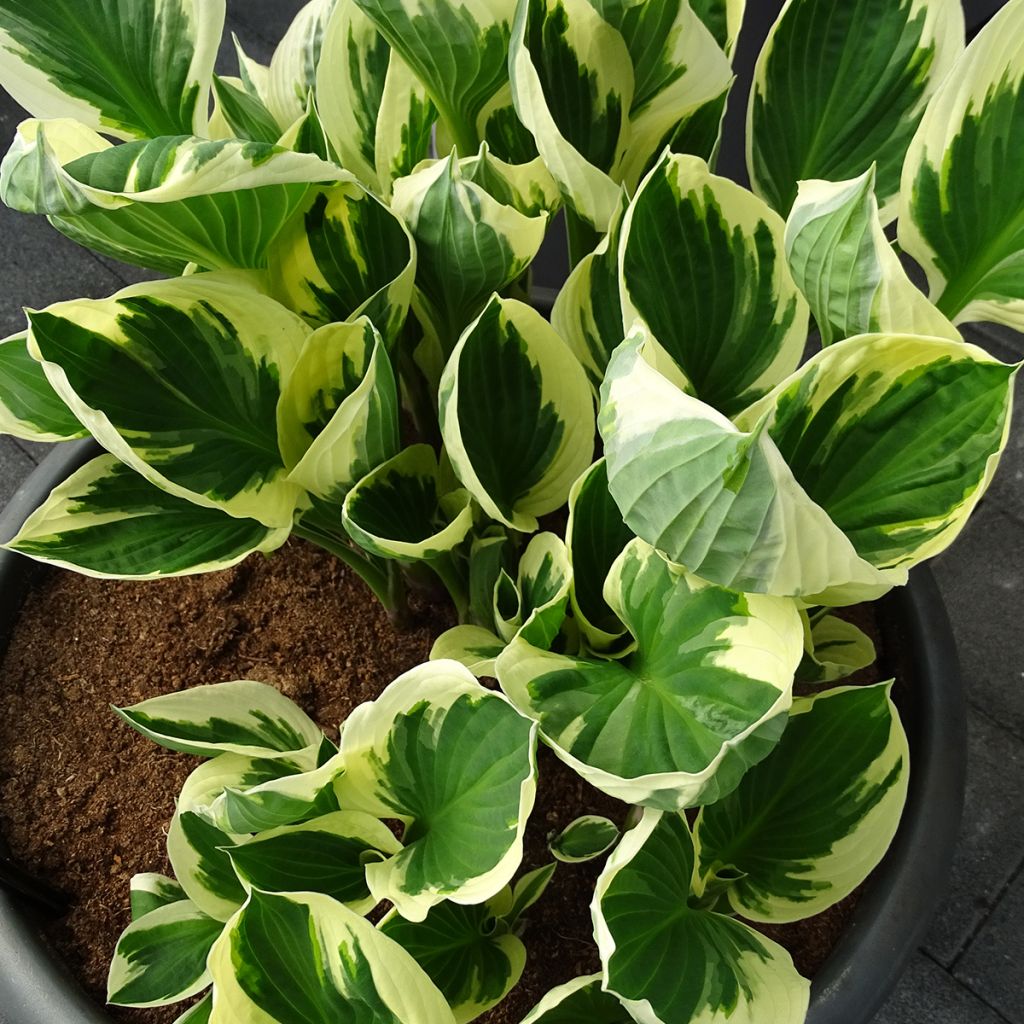

Hosta fortunei Patriot
Hosta fortunei Patriot
Hosta fortunei Patriot
Fortune's Hosta, Plantain Lily, Funkia
This item cannot be shipped to the selected country
Delivery charge from €5.90
Delivery charge from €5.90
More information
Schedule delivery date,
and select date in basket
This plant carries a 12 months recovery warranty
More information
We guarantee the quality of our plants for a full growing cycle, and will replace at our expense any plant that fails to recover under normal climatic and planting conditions.
From €5.90 for pickup delivery and €6.90 for home delivery
Express home delivery from €8.90.
From €5.90 for pickup delivery and €6.90 for home delivery
Express home delivery from €8.90.

Does this plant fit my garden?
Set up your Plantfit profile →
Description
The Hosta fortunei 'Patriot' is a magnificent perennial with long incurved, olive green, marginate leaves that are very decorative. Used as ground cover or as border plant, its habit blends perfectly with a mass of white Tulips, Brunneras or white Forget-me-nots.
Its 20cm (7.9 in) long leaves are ovate, slightly incurved, wavy, olive green with wide and irregular white margins. In summer, floral stems appear, revealing beautiful lavender blue trumpets.
The 'Patriot' Hosta likes a normal, moist, shaded soil. Not demanding and hardy, it grows well in a pot but does not tolerate drought. Mulch it all year round to retain moisture and protect it from cold, dry winds. Watch out for attacks from snails and slugs!
Report an error about the product description
Flowering
Foliage
Plant habit
Botanical data
Hosta
fortunei
Patriot
Liliaceae - Hostaceae
Fortune's Hosta, Plantain Lily, Funkia
Cultivar or hybrid
Other Hostas - Plantain Lilies
Planting and care
Hostas are planted in spring or autumn. Hostas prefer a deep, rich, humus-bearing, loose soil, preferably neutral to acidic (at least low in limestone), moist to wet throughout the year. Plant them in partial or dappled shade and sheltered from strong winds.
Prepare a planting hole of 20 cm (7.9 in) x 20 cm (7.9 in) x 20 cm (7.9 in). If your soil is heavy, mix equal parts of compost with crumbled soil, partially fill the hole, and place your potted plant so that the top of the root ball is covered with 3 cm (1.2 in) of soil. Adding a slow-release fertilizer will nourish your plant during its rooting period without the risk of burning. Make sure to position the base well above ground level. Firm the soil and water generously to eliminate air pockets. If the weather is dry, regular watering for a few weeks will help to establish your plant. Also, water regularly in case of a dry summer.
With their preference for moist areas, slugs and snails never stray far from hostas. Even though blue or variegated hostas often have thicker and tougher foliage, which is less appealing to slugs, these plants still need gastropod protection. Protect your Hostas by surrounding them with ferramol-based pellets, eggshells, coffee grounds, mulch, or any dry, rough natural substance that repels them. Hedgehogs are the best allies of gardeners in the fight against gastropods because, unlike chickens, they do not till the soil and do not attack the tender green shoots of young plants. Finally, a natural way to repel slugs and snails is to have companion plants with a repulsive odour, such as wormwood and garlic.
Planting period
Intended location
Care
-
, onOrder confirmed
Reply from on Promesse de fleurs
Summer flowering perennials
Haven't found what you were looking for?
Hardiness is the lowest winter temperature a plant can endure without suffering serious damage or even dying. However, hardiness is affected by location (a sheltered area, such as a patio), protection (winter cover) and soil type (hardiness is improved by well-drained soil).

Photo Sharing Terms & Conditions
In order to encourage gardeners to interact and share their experiences, Promesse de fleurs offers various media enabling content to be uploaded onto its Site - in particular via the ‘Photo sharing’ module.
The User agrees to refrain from:
- Posting any content that is illegal, prejudicial, insulting, racist, inciteful to hatred, revisionist, contrary to public decency, that infringes on privacy or on the privacy rights of third parties, in particular the publicity rights of persons and goods, intellectual property rights, or the right to privacy.
- Submitting content on behalf of a third party;
- Impersonate the identity of a third party and/or publish any personal information about a third party;
In general, the User undertakes to refrain from any unethical behaviour.
All Content (in particular text, comments, files, images, photos, videos, creative works, etc.), which may be subject to property or intellectual property rights, image or other private rights, shall remain the property of the User, subject to the limited rights granted by the terms of the licence granted by Promesse de fleurs as stated below. Users are at liberty to publish or not to publish such Content on the Site, notably via the ‘Photo Sharing’ facility, and accept that this Content shall be made public and freely accessible, notably on the Internet.
Users further acknowledge, undertake to have ,and guarantee that they hold all necessary rights and permissions to publish such material on the Site, in particular with regard to the legislation in force pertaining to any privacy, property, intellectual property, image, or contractual rights, or rights of any other nature. By publishing such Content on the Site, Users acknowledge accepting full liability as publishers of the Content within the meaning of the law, and grant Promesse de fleurs, free of charge, an inclusive, worldwide licence for the said Content for the entire duration of its publication, including all reproduction, representation, up/downloading, displaying, performing, transmission, and storage rights.
Users also grant permission for their name to be linked to the Content and accept that this link may not always be made available.
By engaging in posting material, Users consent to their Content becoming automatically accessible on the Internet, in particular on other sites and/or blogs and/or web pages of the Promesse de fleurs site, including in particular social pages and the Promesse de fleurs catalogue.
Users may secure the removal of entrusted content free of charge by issuing a simple request via our contact form.
The flowering period indicated on our website applies to countries and regions located in USDA zone 8 (France, the United Kingdom, Ireland, the Netherlands, etc.)
It will vary according to where you live:
- In zones 9 to 10 (Italy, Spain, Greece, etc.), flowering will occur about 2 to 4 weeks earlier.
- In zones 6 to 7 (Germany, Poland, Slovenia, and lower mountainous regions), flowering will be delayed by 2 to 3 weeks.
- In zone 5 (Central Europe, Scandinavia), blooming will be delayed by 3 to 5 weeks.
In temperate climates, pruning of spring-flowering shrubs (forsythia, spireas, etc.) should be done just after flowering.
Pruning of summer-flowering shrubs (Indian Lilac, Perovskia, etc.) can be done in winter or spring.
In cold regions as well as with frost-sensitive plants, avoid pruning too early when severe frosts may still occur.
The planting period indicated on our website applies to countries and regions located in USDA zone 8 (France, United Kingdom, Ireland, Netherlands).
It will vary according to where you live:
- In Mediterranean zones (Marseille, Madrid, Milan, etc.), autumn and winter are the best planting periods.
- In continental zones (Strasbourg, Munich, Vienna, etc.), delay planting by 2 to 3 weeks in spring and bring it forward by 2 to 4 weeks in autumn.
- In mountainous regions (the Alps, Pyrenees, Carpathians, etc.), it is best to plant in late spring (May-June) or late summer (August-September).
The harvesting period indicated on our website applies to countries and regions in USDA zone 8 (France, England, Ireland, the Netherlands).
In colder areas (Scandinavia, Poland, Austria...) fruit and vegetable harvests are likely to be delayed by 3-4 weeks.
In warmer areas (Italy, Spain, Greece, etc.), harvesting will probably take place earlier, depending on weather conditions.
The sowing periods indicated on our website apply to countries and regions within USDA Zone 8 (France, UK, Ireland, Netherlands).
In colder areas (Scandinavia, Poland, Austria...), delay any outdoor sowing by 3-4 weeks, or sow under glass.
In warmer climes (Italy, Spain, Greece, etc.), bring outdoor sowing forward by a few weeks.

































